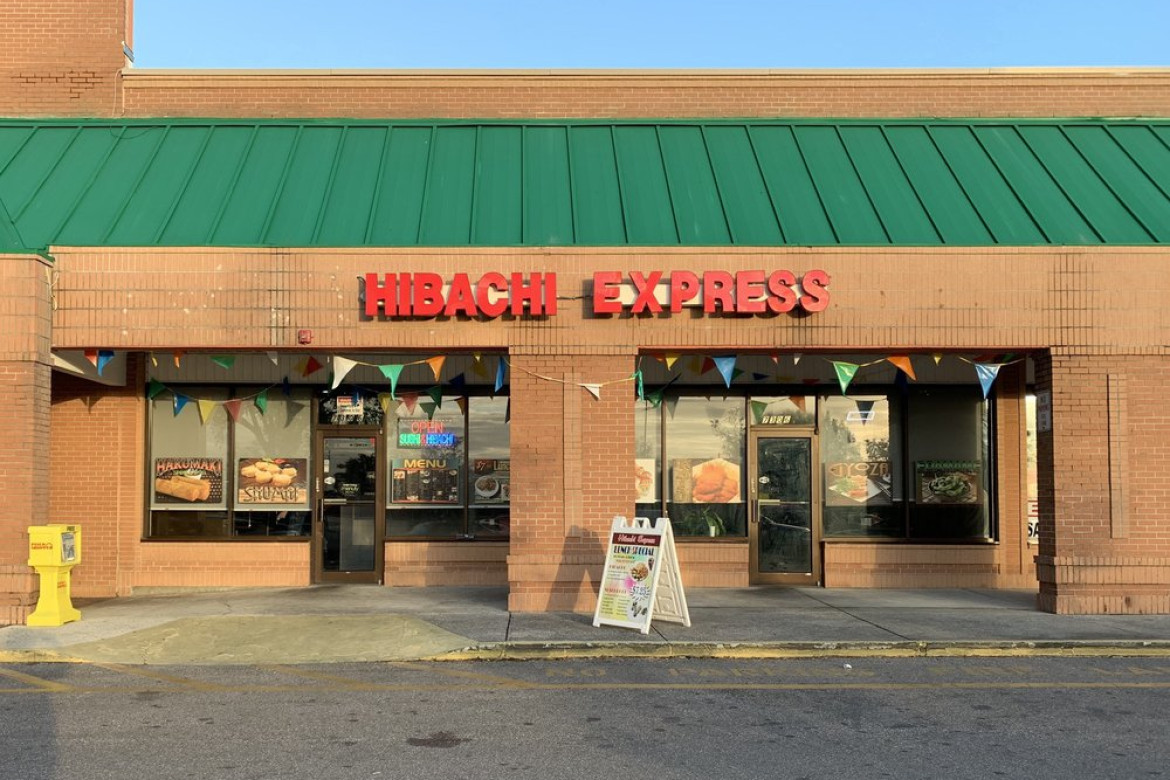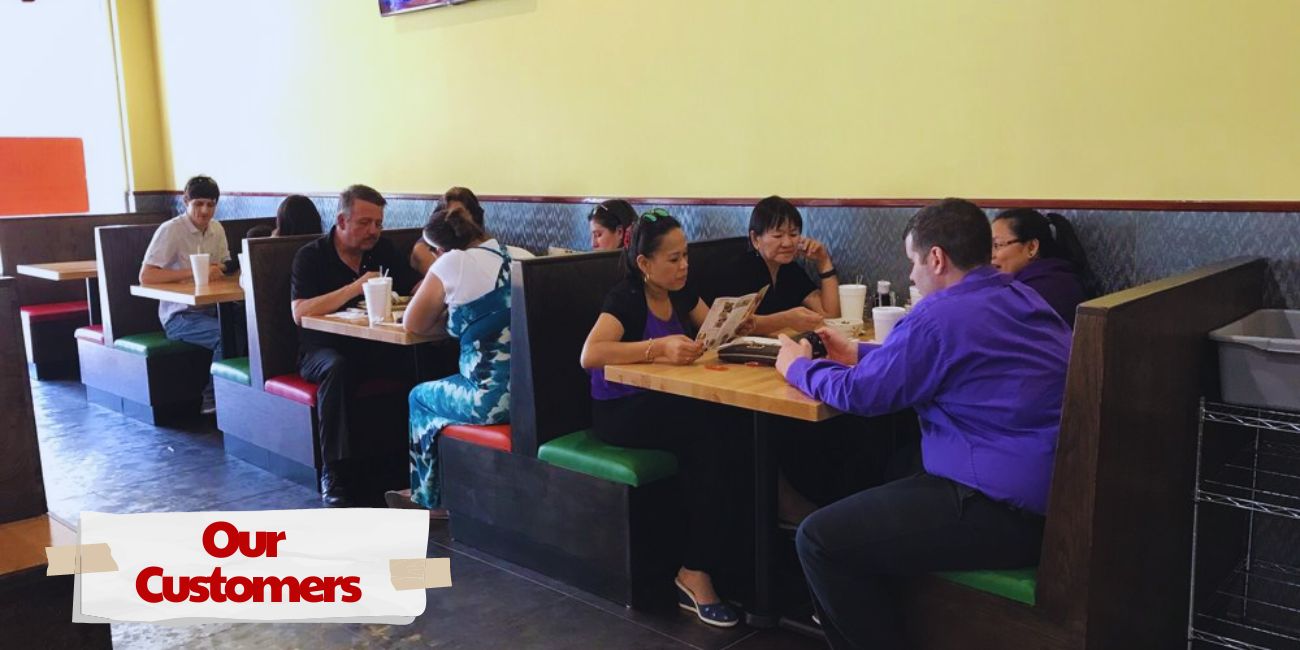
Teppanyaki is not just about food; it's a comprehensive culinary experience that combines taste, entertainment, and cultural education. It invites diners to explore the rich traditions of Japanese cuisine while enjoying a meal that is as visually engaging as it is delicious. Whether you're a longtime enthusiast or a newcomer to Japanese dining, Teppanyaki offers a journey that's sure to delight all your senses.
Teppanyaki, a term that evokes the image of an iron griddle, embodies a distinctive culinary tradition within Japanese cuisine. This cooking style, known for its theatrical flair and communal dining setup, has its roots in post-war Japan and has grown to achieve global recognition. Teppanyaki's allure lies not only in the delicious dishes it produces but also in its capacity to bring people together, offering a culinary show that complements the dining experience.
Central to the Teppanyaki experience is the Teppanyaki grill itself—a large, flat iron griddle that chefs use to skillfully cook food right before diners' eyes. The design of the grill facilitates even heat distribution, crucial for the fast-paced cooking of various ingredients ranging from delicate seafood to robust cuts of meat. This method not only retains the flavors but also allows for healthier cooking, as it requires minimal oil.
Teppanyaki chefs are known for their ability to transform simple ingredients like shrimp, scallops, beef, chicken, and an assortment of vegetables into vibrant, flavorful dishes. Common accompaniments include Teppanyaki fried rice and stir-fried noodles, which are often cooked with flair and precision, seasoned with just soy sauce, salt, and pepper to enhance the natural flavors of the ingredients. The visual presentation and the freshness of the ingredients make each dish a piece of culinary art.
Dining at a Teppanyaki restaurant is about more than just eating; it's an interactive experience. Chefs at Teppanyaki restaurants often perform tricks with their utensils, engage in light conversation, and personalize the cooking process to diners' preferences, making the meal both personal and memorable. This style of dining breaks down barriers between chef and customer, creating a lively and engaging atmosphere.

Teppanyaki is more than just a cooking style; it's a vibrant part of Japanese culture that showcases the evolution of Japanese culinary traditions. Understanding its history enriches the dining experience, offering insights into how these practices have shaped modern perceptions of Japanese food culture worldwide.
When selecting a Teppanyaki restaurant, consider factors such as the chef's expertise, the quality of ingredients, and the overall dining environment. A good Teppanyaki restaurant will feature skilled chefs who not only cook but also entertain, a selection of high-quality ingredients, and a clean, inviting setting that enhances the overall dining experience.
To further enrich your Teppanyaki dining experience, knowing a few basic Japanese phrases can be helpful. Expressions such as "Sumimasen" (Excuse me), "Arigato gozaimashita" (Thank you very much), and specific food requests like "Okonomiyaki onegaishimasu" (Please, one Okonomiyaki) demonstrate respect and appreciation for the chef and the culture, enhancing the communal spirit of Teppanyaki dining.
Related articles:
Hibachi Express Menu: Experience Hibachi Cuisine Perfection
Teppanyaki is a celebration of Japanese culinary prowess, offering more than just a meal—it provides a performance that captivates and delights. As you sit at the grill watching skilled chefs work their magic, you not only taste the exceptional flavors but also feel a deep connection to Japanese culture. Embrace the full Teppanyaki experience by engaging with the chefs, learning the history, and using basic Japanese phrases to enrich your dining journey. Whether you're enjoying succulent meats or fresh vegetables, each Teppanyaki meal is a testament to the simplicity and elegance of Japanese cuisine, promising an engaging and memorable dining adventure every time.